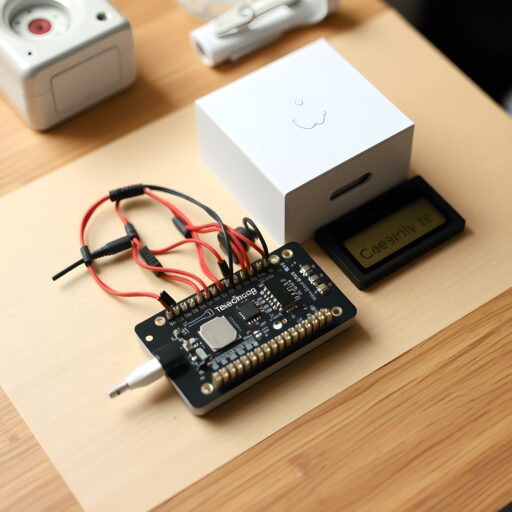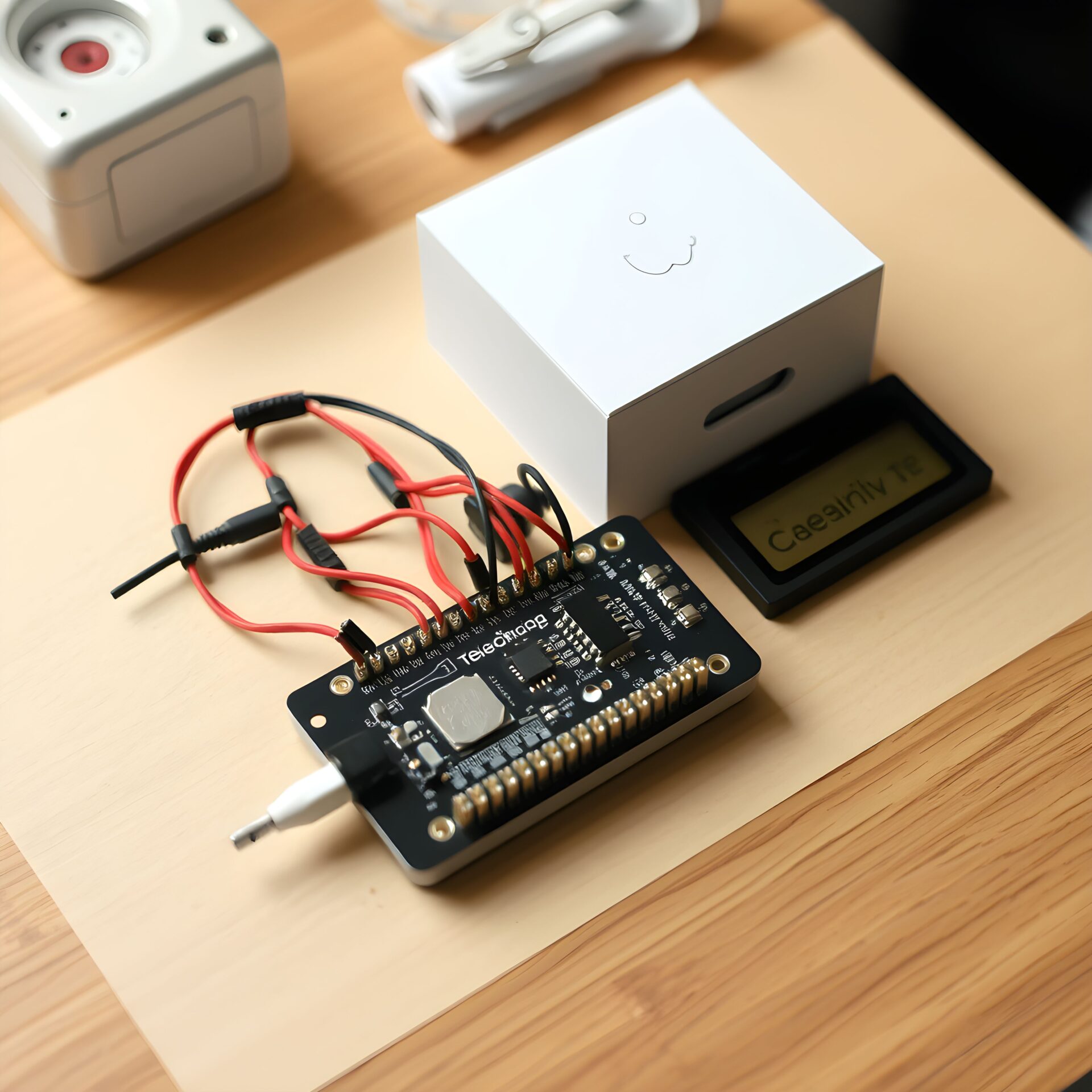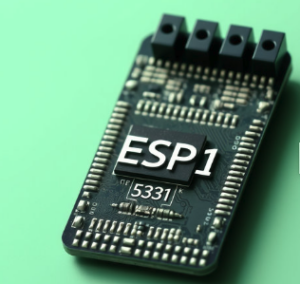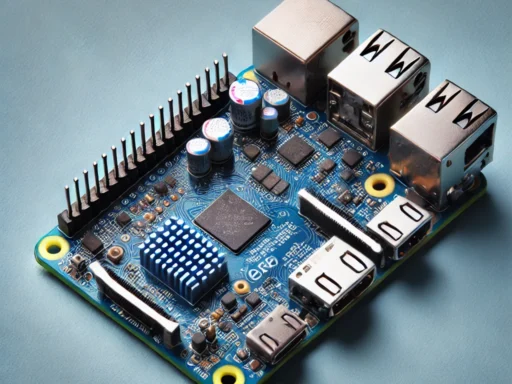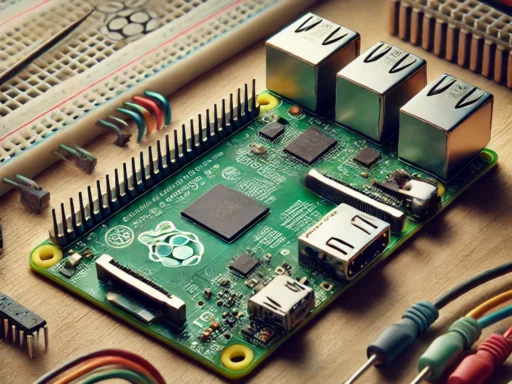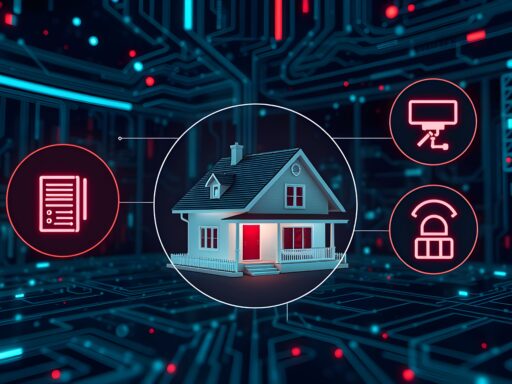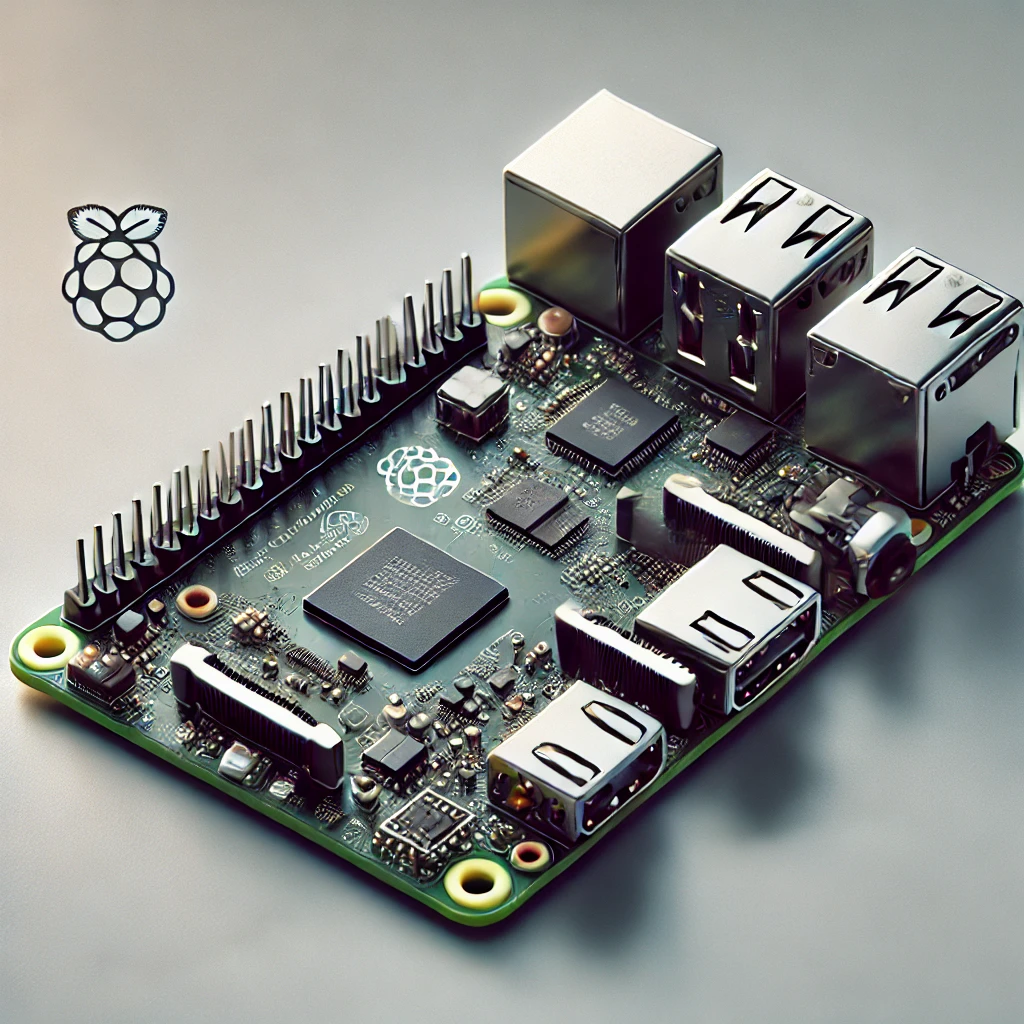The Internet of Things (IoT) is a revolutionary technology that connects everyday objects to the internet, allowing them to collect and exchange data. Central to this transformation is the microcontroller, which powers the communication and automation of devices. The ESP32 is one of the most popular and versatile microcontrollers used in IoT applications, known for its dual-core processor, built-in Wi-Fi and Bluetooth capabilities, and low power consumption.
This article will provide an in-depth exploration of the ESP32’s features, common applications in IoT projects, and real-world case studies that highlight its potential. Whether you’re an IoT enthusiast or a developer working on your next project, this guide will help you understand how to leverage the ESP32 effectively.
What is ESP32?
The ESP32 is a low-cost, low-power system-on-chip (SoC) microcontroller developed by Espressif Systems. It is a successor to the ESP8266 and comes with significant improvements in processing power, connectivity options, and power management, making it ideal for IoT applications.
The ESP32 boasts a dual-core processor, Wi-Fi, Bluetooth (BLE), and low-power modes, making it highly efficient for long-running battery-powered devices. Its versatility is reinforced by a wide range of I/O capabilities, including SPI, I2C, UART, ADC, and DAC, which allow it to interact with a variety of sensors and actuators.
Key Features of ESP32
-
Dual-Core Processor: The ESP32 has two processors, which help improve its performance for multitasking and real-time operations. This is especially useful for IoT devices that need to handle multiple tasks simultaneously, such as collecting sensor data and communicating over Wi-Fi.
-
Wi-Fi and Bluetooth (BLE): The ESP32 includes both Wi-Fi and Bluetooth Low Energy (BLE) capabilities. These features are crucial for modern IoT applications, as they allow devices to communicate wirelessly over both short and long ranges. Bluetooth is especially important for low-power devices like wearables and remote sensors.
-
Low Power Consumption: The ESP32 can operate in several low-power modes, making it suitable for battery-operated devices that need to run for long periods without frequent recharging. The device’s sleep modes can dramatically reduce power consumption, making it ideal for remote sensors and other IoT applications.
-
Multiple I/O Options: The ESP32 supports a variety of I/O interfaces, such as SPI, I2C, UART, PWM, ADC, and DAC, allowing it to interface with many types of sensors and actuators.
-
Scalability: With its high-performance capabilities, the ESP32 is suitable for both small, low-power projects and large, complex IoT systems. Its scalability makes it ideal for building networks of connected devices.
Why Choose ESP32 for IoT Projects?
When it comes to choosing a microcontroller for IoT projects, the ESP32 stands out due to its combination of performance, low cost, and flexibility. Here are some reasons why developers prefer the ESP32:
-
Affordability: The ESP32 is cost-effective, making it an attractive option for hobbyists, students, and professionals working on both small-scale and large-scale IoT projects.
-
Connectivity: The ESP32’s built-in Wi-Fi and Bluetooth allow devices to connect seamlessly to the internet and other smart devices. This makes it easier to create IoT applications that rely on wireless communication.
-
Low Power: With its advanced power management features, the ESP32 is ideal for battery-powered devices, offering deep sleep modes and low-power operation that ensures long-lasting battery life.
-
Open-Source Community: The ESP32 has a large and active community of developers who share code, tutorials, and libraries, making it easier for newcomers to get started with their projects. This strong community support means that you’ll always find resources to help you along the way.
Common Applications of ESP32 in IoT Projects
The ESP32 is versatile and can be used for a wide range of IoT applications, from smart home systems to wearables and industrial automation. Below are some common applications:
1. Smart Home Automation
Smart home automation is one of the most well-known IoT applications, where everyday home devices like lights, thermostats, and locks are connected to the internet for remote control and automation. The ESP32 is widely used in smart home projects due to its Wi-Fi and Bluetooth capabilities.
Example: A smart lighting system using ESP32 can allow users to control the lights remotely via an app or voice assistants like Amazon Alexa or Google Assistant. Using the ESP32, the system can integrate with motion sensors to automatically turn lights on or off based on detected motion.
Components Needed:
- ESP32 development board
- Smart light bulbs or relay switches
- Motion sensors
- Integration with a smart assistant (like Alexa)
2. Environmental Monitoring
ESP32 is commonly used in environmental monitoring systems, where it collects data from sensors and transmits it wirelessly to a server or cloud platform. This data can include temperature, humidity, air quality, and other environmental factors.
Example: An ESP32-based weather station can gather real-time environmental data, such as temperature, humidity, and pressure, and send it to a cloud service like ThingSpeak for storage and analysis.
Components Needed:
- ESP32 development board
- Environmental sensors (e.g., DHT22 for temperature and humidity, BMP180 for pressure)
- Cloud storage platform (e.g., ThingSpeak)
3. Wearables and Health Monitoring
Wearable devices, such as fitness trackers and smartwatches, use the ESP32 to monitor health metrics like heart rate, body temperature, and physical activity. With built-in Bluetooth, ESP32 can easily sync data with smartphones and health apps.
Example: A smart fitness band powered by the ESP32 can monitor heart rate and steps and send this data to a mobile app for analysis. The ESP32’s low power consumption allows these wearables to run for extended periods without frequent recharging.
Components Needed:
- ESP32 development board
- Sensors (e.g., heart rate sensor, accelerometer)
- Bluetooth connectivity
- Smartphone app for data visualization
4. Smart Agriculture
In agriculture, IoT applications help automate processes like irrigation, plant monitoring, and pest control. The ESP32 is used to build smart irrigation systems that optimize water usage based on real-time soil moisture data.
Example: An ESP32-based smart irrigation system can use soil moisture sensors to determine when crops need watering. The ESP32 can trigger an irrigation system to water the crops automatically when moisture levels fall below a set threshold.
Components Needed:
- ESP32 development board
- Soil moisture sensors
- Water pumps or solenoid valves
- Mobile app or cloud integration for control
5. Industry 4.0 and Smart Manufacturing
In the realm of Industry 4.0, the ESP32 is used to build smart manufacturing systems where machines are connected to the internet to send real-time data for monitoring and predictive maintenance.
Example: An industrial monitoring system can use the ESP32 to collect data from industrial equipment, such as vibration and temperature sensors. This data can be analyzed to detect patterns of wear and predict equipment failures before they occur, reducing downtime and maintenance costs.
Components Needed:
- ESP32 development board
- Industrial sensors (e.g., vibration, temperature)
- Cloud platform or local server for data analysis
Building Your First ESP32 IoT Project: Step-by-Step Guide
Let’s take a look at a practical example of a simple IoT project that you can build using the ESP32: a smart light control system that can be operated remotely via a smartphone.
Required Components:
- ESP32 development board
- Relay module (for controlling lights)
- Jumper wires
- Breadboard
- Smartphone with an IoT app (e.g., Blynk or custom web app)
Step 1: Setting Up the Development Environment
- Install Arduino IDE on your computer if you haven’t done so.
- Add the ESP32 board to the Arduino IDE by going to Preferences and adding the URL for the ESP32 board manager.
- Install the necessary libraries for Wi-Fi and the IoT app you plan to use (e.g., Blynk for smartphone control).
Step 2: Write the Code
The code will establish a Wi-Fi connection and allow the ESP32 to communicate with your smartphone.
Step 3: Test the System
- Upload the code to your ESP32 development board.
- Open the Blynk app on your smartphone and link it to the ESP32 using the generated auth token.
- Test the system by toggling the light (or relay) on and off from the app.
Case Studies of ESP32 in Real-World IoT Projects
Case Study 1: Smart Home Automation
A household uses ESP32-based smart light bulbs and door locks. Through an integration with Amazon Alexa, residents can control lights, security systems, and heating with voice commands. The project has improved convenience, energy efficiency, and home security.
Case Study 2: Environmental Monitoring System
An environmental research organization uses the ESP32 in a weather station that collects data from various environmental sensors. This data is then sent to ThingSpeak, where it is used to study the impact of climate change in remote regions.
The ESP32 is an incredibly powerful and versatile tool for creating IoT applications, offering a combination of Wi-Fi, Bluetooth, low power consumption, and scalability that makes it suitable for a wide variety of projects. Its flexibility and affordability make it an ideal choice for IoT enthusiasts and professionals alike.
From smart homes to industrial applications, the potential of the ESP32 in the IoT space is vast. By understanding its features and experimenting with real-world projects, you can unlock the full potential of this powerful microcontroller.
Feel free to check out our other website at http://master3dp.com/ where you can learn to 3D print anything needed for a project.

